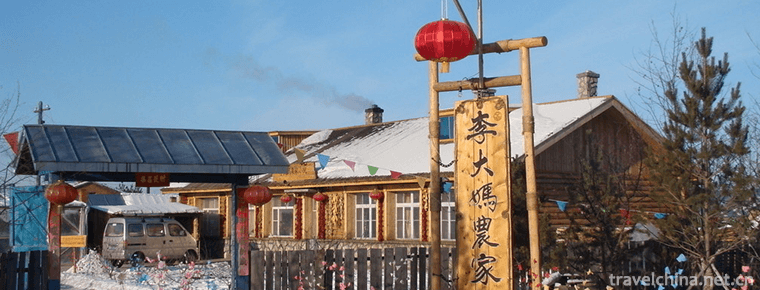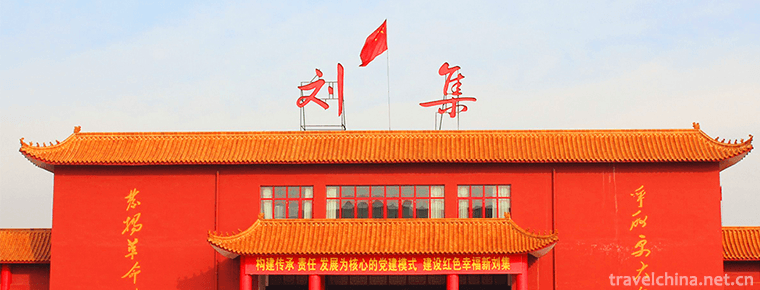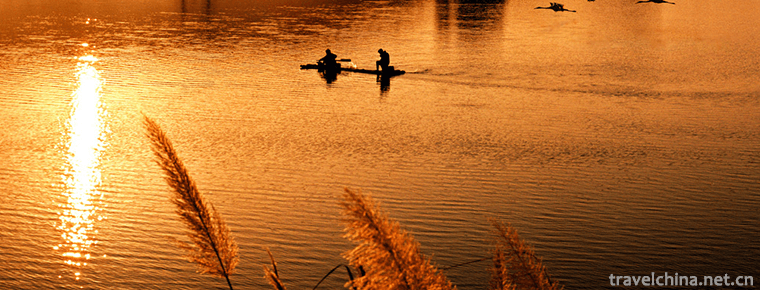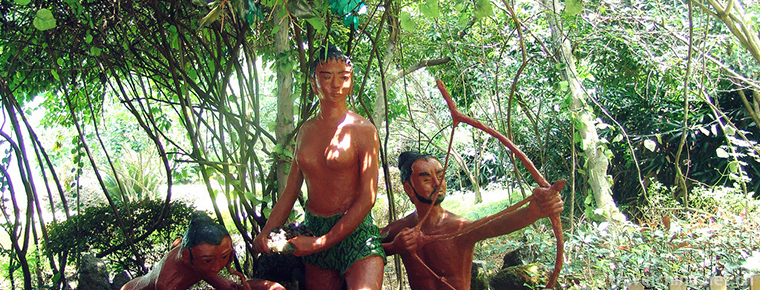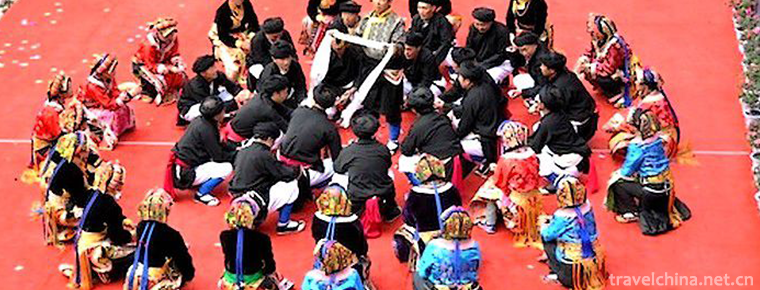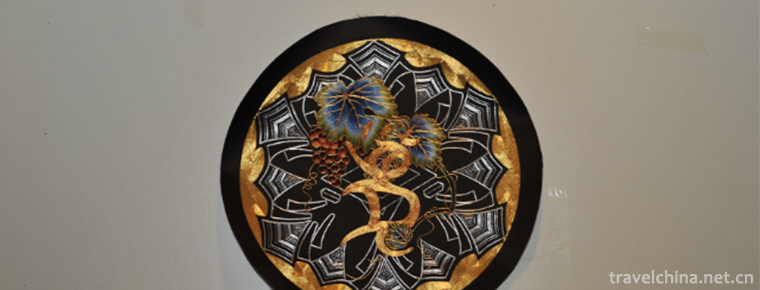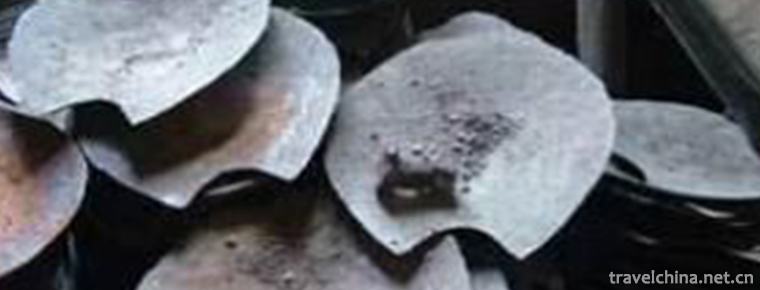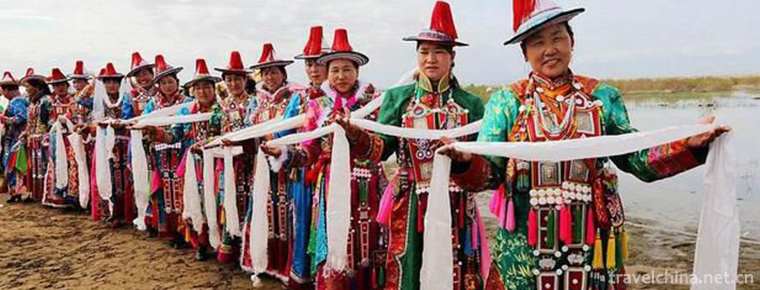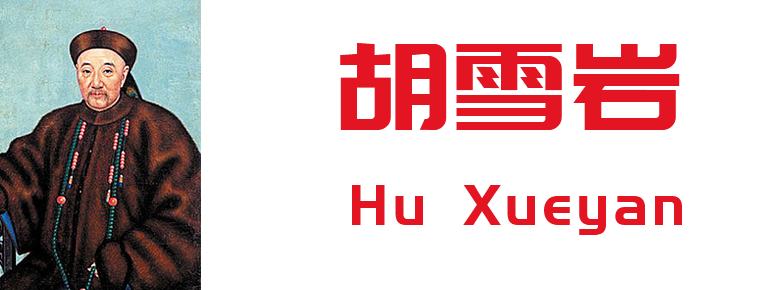Public education in Chengdu Giant Panda Base
Public education in Chengdu Giant Panda Base
Popular Science Education
From 2003 to 2016, Chengdu base received more than 100000 primary and secondary school students at home and abroad, and trained more than 800 volunteers; went to colleges and universities, communities, primary and secondary schools, kindergartens and nature reserves to preach and disseminate knowledge of wildlife protection and environmental education for more than 300 times, and trained school teachers and natural reserve staff in conservation education ability; published We have produced a series of teaching materials, such as "giant panda" magazine, "I love animals - emotional education for animal protection" and "exploring Panda - off campus practice class of Chengdu Panda Base"; we have produced local teaching materials of environmental protection education for Mamize nature reserve and Minshan nature reserve, and produced "fashion and animal protection", "Asian Turtle crisis" and "how to do one" Qualified pet owners, volunteer Handbook and other publicity materials.
Science popularization venues
While carrying out research on giant panda breeding, Chengdu base has established publicity and education facilities such as giant panda museum, panda living body and environment exhibition field, park instruction board, interactive explanation station, panda charm theater and Internet website.
Giant Panda Museum
The giant panda museum is divided into three exhibition areas of giant panda, insects and vertebrates, with an exhibition area of 3000 square meters. It exhibits 1600 species of animal specimens, 12000 pieces of plant specimens, 30 kinds of plant specimens and 80 pieces of other physical exhibits. It has been open to tourists since 1992. The exhibition area of the new giant panda museum is 3000 square meters.
Giant panda Science Museum
With an exhibition area of 1200 square meters, the "giant panda Science Museum" is designed by main street design of the United States. It adopts the way of education and entertainment to show the research work of the panda base in the aspects of giant panda breeding, breeding, genetics, endocrine research and biodiversity protection.
Panda hospital
The exhibition area of the "panda hospital" is 150 square meters, including specimens of giant panda parasites, commonly used medicines for giant pandas, relief sculptures and various display boards of pathogenic bacteria of giant pandas.
Giant panda kitchen
The "giant panda kitchen" displays a variety of giant panda edible bamboo, bamboo shoots, fruits, raw materials, processes and finished products for tourists to taste, with simple illustrations.

Public education in Chengdu Giant Panda Base
-
Arctic Village Tourism Scenic Area
Arctic Village Tourist Scenic Spot: National AAAAA Class Tourist Spot, the most attractive scenic spot in 2014, and the northernmost scenic spot in China.
Views: 270 Time 2018-12-05 -
Legend of Meng Jiangnu
Meng Jiangnu's story, as one of the four love legends in ancient China (the other three are Niulang and Zhinu, Liang Shanbo and Zhu Yingtai, and The Legend of White Snake), has been widely circulated
Views: 298 Time 2018-12-23 -
Red Liuji Scenic Area
The Red Liuji Scenic Area is located in Liuji Village, Dawang Town. In 1976, the old site of Liuji Branch of the Communist Party of China was declared as a key cultural relic protection unit at the co
Views: 169 Time 2019-01-16 -
Poyang Lake National Nature Reserve
Jiangxi Poyang Lake National Nature Reserve is located in the north of Jiangxi Province. It is a nature reserve for wildlife protection. The main protected objects are rare migratory
Views: 213 Time 2019-02-07 -
Totem Road
The ancient totem road is located in Yangshuo's famous "Shili Gallery". Not far from Guilin, the scenic spot exhibits primitive life scenes such as stone tools, pottery, natural totem pillar
Views: 171 Time 2019-02-22 -
Bo Ba Shen en
Bobassengen is a unique folk large-scale narrative mass pot village dance created by Ganbao Tibetan Village in Jiarong Tibetan area, Lixian County, Sichuan Province. "Boba"
Views: 411 Time 2019-04-04 -
Ningbo Gold and Silver Embroidery
Ningbo gold and silver embroidery is one of the Han folk handicraft products embroidered on silk fabrics with various color threads, gold threads and silver threads. With its strong local characterist
Views: 178 Time 2019-06-07 -
Pig Iron Smelting and Casting Technology
Yangcheng pig iron casting technology was invented in the 6th century BC. Yangcheng pig iron smelting and casting technology in the smelting and casting process first crushed the ore, then roasted at
Views: 306 Time 2019-06-14 -
Yugur Costume
Yugur costume is the traditional costume of Yugur people. Both men and women of Yugur nationality wear long gowns with high collars and large skirts. Men wear red and blue belts with waistknives, sick
Views: 163 Time 2019-07-16 -
Beijing Second College of Foreign Languages
Beijing Second Foreign Language College is a famous university with advantages of foreign language and literature and tourism management, and coordinated development of literature, management, economi
Views: 339 Time 2019-09-06 -
Hu Xueyan
Hu Xueyan (1823-1885), Hu Guangyong, the younger name, Shun Guan. Xue Yan, born in Anhui Huizhou Jixi He moved to Zhejiang when he was 13 years old. Hangzhou Famous in modern China red top A politicia
Views: 107 Time 2019-09-07 -
The origin of Chinese embroidery
Embroidery originated very early. The article on the embroidery of Fu Yu can be seen in Shangshu. In the time of Yu Shun, embroidery was already in use. In the Eastern Zhou Dynasty, there was an official in charge of it, and in the Han Dynasty, there was Royal embroidery
Views: 130 Time 2020-12-12
